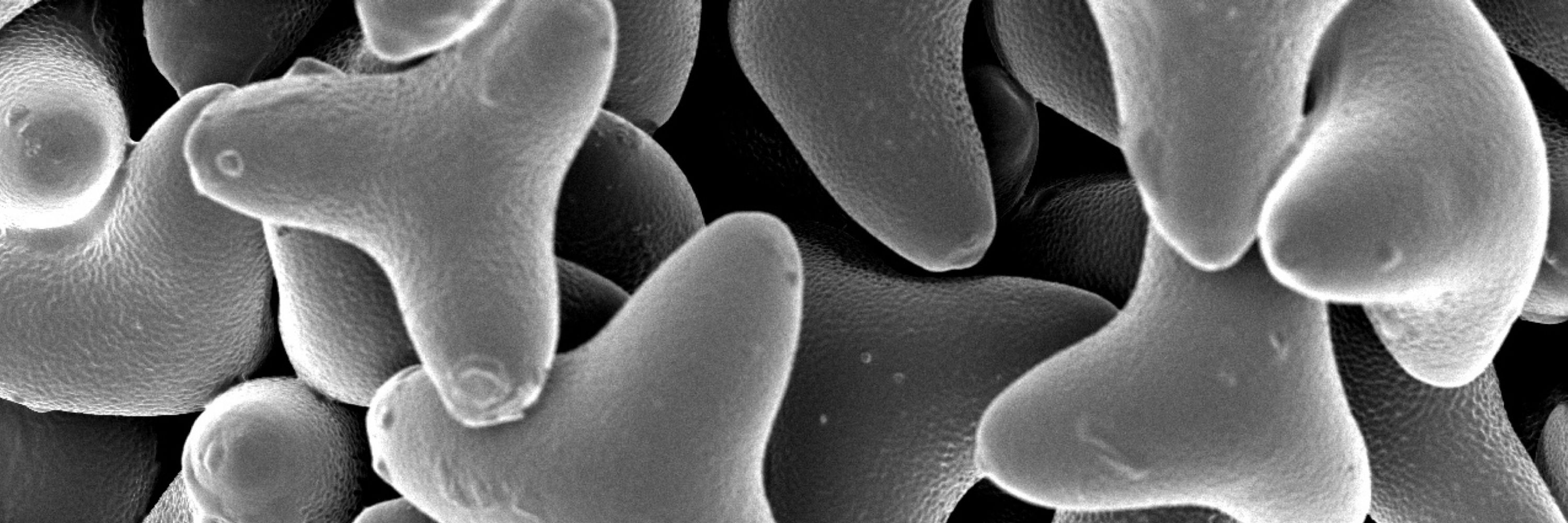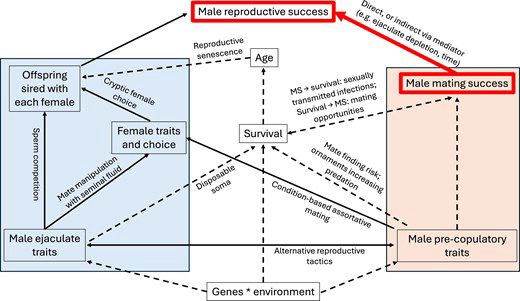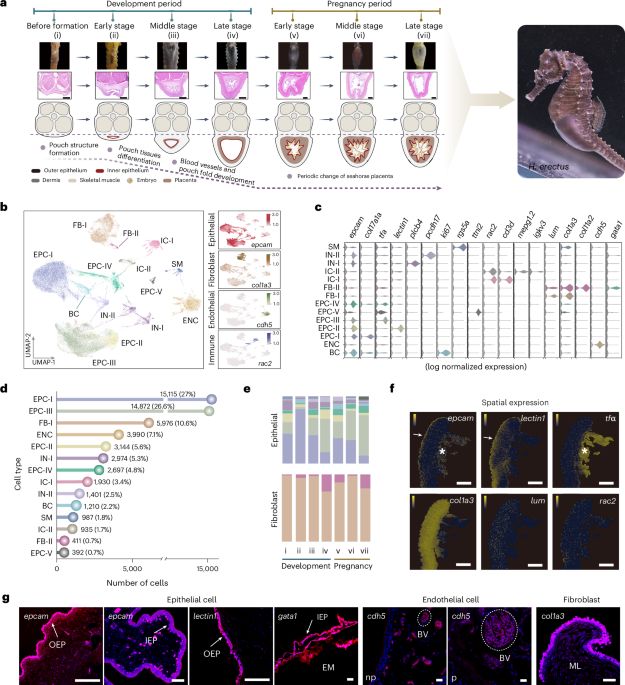

academic.oup.com/evolut/advan...
doi.org/10.1016/j.tr...

doi.org/10.1016/j.tr...
www.biorxiv.org/content/10.1...

www.biorxiv.org/content/10.1...
In a technological tour-de-force, researchers have sequenced the whole genomes of more than 100 individual cells from one 74-year-old man
go.nature.com/4rvXH8Y

In a technological tour-de-force, researchers have sequenced the whole genomes of more than 100 individual cells from one 74-year-old man
go.nature.com/4rvXH8Y


go.nature.com/4p2baUd 🔒
#MicrobiomeSky

go.nature.com/4p2baUd 🔒
#MicrobiomeSky

Can AI make research on avian brood parasitism easier? YES!
We show that AI model can identify conspecific parasitic eggs better than an average ornithologist.
doi.org/10.1098/rspb...
📸 Barn swallow – our study species.

Can AI make research on avian brood parasitism easier? YES!
We show that AI model can identify conspecific parasitic eggs better than an average ornithologist.
doi.org/10.1098/rspb...
📸 Barn swallow – our study species.
Our new Science paper shows how elevated body temperature can protect against severe influenza and that avian-origin viruses escape this defence.
This is likely one reason why bird flus and some pandemic influenzas can be so severe.🧵
www.science.org/doi/10.1126/...

Our new Science paper shows how elevated body temperature can protect against severe influenza and that avian-origin viruses escape this defence.
This is likely one reason why bird flus and some pandemic influenzas can be so severe.🧵
www.science.org/doi/10.1126/...
New study examined > 1.2 million captures of 33 passerine sp. across 11 European countries.
It found an answer: adult survival shapes abundance link.springer.com/article/10.1...

New study examined > 1.2 million captures of 33 passerine sp. across 11 European countries.
It found an answer: adult survival shapes abundance link.springer.com/article/10.1...
onlinelibrary.wiley.com/doi/10.1111/...

onlinelibrary.wiley.com/doi/10.1111/...

journals.biologists.com/jeb/article/...

journals.biologists.com/jeb/article/...


With @tomtom-auer.bsky.social team, we asked how #evolution reshapes what animals #eat to match their ecological niches. Using pan-neuronal Ca2+ imaging, we show that the changes are in how the brain processes #taste.
Link @nature.com: www.nature.com/articles/s41...

With @tomtom-auer.bsky.social team, we asked how #evolution reshapes what animals #eat to match their ecological niches. Using pan-neuronal Ca2+ imaging, we show that the changes are in how the brain processes #taste.
Link @nature.com: www.nature.com/articles/s41...

Their response is published alongside and we'll have a response to that out soon.
www.sciencedirect.com/science/arti...

Their response is published alongside and we'll have a response to that out soon.
www.sciencedirect.com/science/arti...

